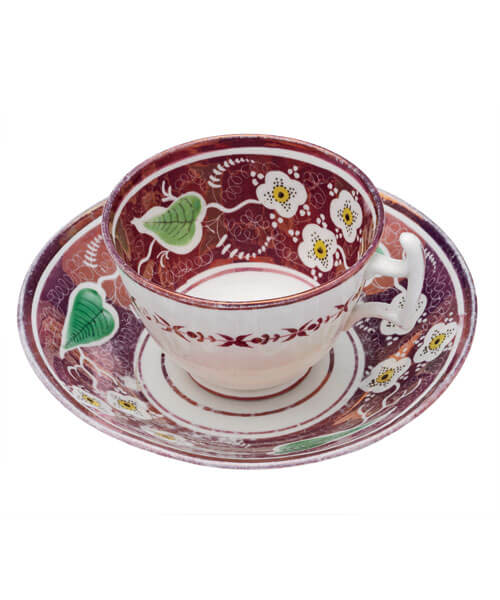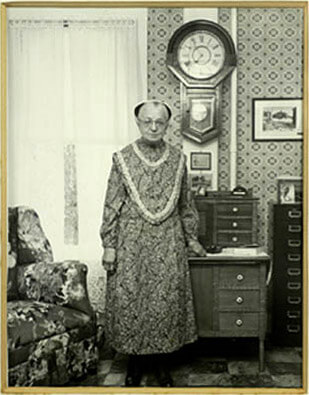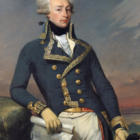Ann Lee was British, and therefore she must have had a teapot! In part 1 of this series, we noted that we have very little direct evidence to tell us about Ann Lee’s experiences and beliefs. The limited documentary evidence that exists primarily comes from second hand accounts, letters and oral histories that were collected many years after Ann Lee died. Turning to a review of material culture also yields very little information specifically about Ann Lee, but it does tell us a lot about how other people regarded her.

The next category of artifacts are items associated with Ann Lee that could not possibly have been made during her lifetime. Canterbury Shaker Village’s collection includes a teapot. The private donor who owned the teapot prior to 1949 stated that the teapot once belonged to Ann Lee. The teapot has a maker’s mark indicating that it was made by Shaw and Fisher, a company established in Sheffield, England in 1835. As we know, Ann Lee died in 1784 at Watervliet. Similarly, a pink lusterware tea cup and saucer is held in the collection of the Shaker Museum Mt Lebanon (formerly the Shaker Museum and Library, the first official Shaker museum). The cup and saucer were donated to SMML by Eldress Emma B. King in 1964. A note accompanying the donation states that “this cup and saucer is said to have been brought from England by Ann Lee. Later it became the possession of the Eldress at East Canterbury, NY.” which was the home of Emma B. King.
Again, this item clearly could not have been made within Ann Lee’s lifetime, yet members of the Shaker family believed that Ann Lee carried this tea cup to the New World on the boat when the Shakers first traveled to America. According to Jane Pettigrew’s “A Social History of Tea,” British tea as we know of it today was first popularized in 1830s-1840s. It was a product of the industrial revolution, since the main meal of the day shifted from mid-day to the early evening to accommodate work schedules. A light afternoon tea replaced the earlier heavy mid-day meal. By the late 19th century, tea and England were synonymous.

The early accounts of Ann Lee include references to her acting very unlike a “lady.” In Manchester, she was imprisoned and thrown into a mental institution for preaching in public and disrupting church services. In the New World, she was accused of being a British spy and a witch. Oral histories include references to Ann Lee working as hard as the men. She was powerful, passionate, and persuasive. Many people feared her while others found comfort in her words and spiritual vision. By the mid-19th century, the connection between living Shakers and their founder was tenuous, and ideas about her spiritual role had changed. As Jean Humez states in her book, Mother’s First Born Daughters, Ann Lee most likely relied on her charisma and emotional appeal during her lifetime to gain converts and to influence her followers. After her death, Lee’s followers were left with the task of reconciling “the contradiction between her gender and her role as a head of a new church.” Humez goes on to note that male Shakers especially needed to create a founder myth that would explain their willingness to join a church that was founded by a woman. The Shakers may also have been prone to Victorian sentimentality and a willingness to ignore facts given their assumption that a British woman like Ann Lee should have brought her tea service with her to the New World. The tea cup and teapot associated with Ann Lee reflect the changing perceptions of Ann Lee within the Shaker community, and perhaps also the increasing influence of the outside world, including Victorian urges to collect sentimental souvenirs of the past.
— Written by Starlyn D’Angelo









